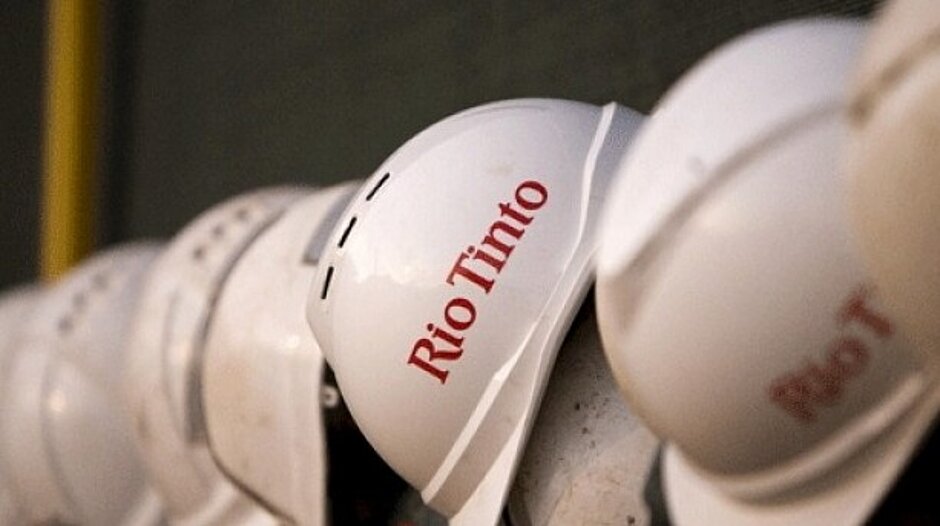After years in the wilderness, aluminium has re-emerged as a big deal for mining majors BHP Billiton and Rio Tinto.
BHP has placed aluminium front and centre for South32 – its metals and mining spinoff that began trading on the ASX on Monday with a value of $11.3 billion – while Rio may have finally lined up a buyer for its troubled Pacific Aluminium business, reflecting improving sentiment among miners thanks to a recovery in prices.
But their divergent strategies for selling the metal's merits to investors raise a critical question: Should aluminium remain a core constituent within their portfolios or be freed up to potentially flourish within a standalone vehicle?
It's a dilemma every large miner is facing for at least some of their commodities as a consequence of a sometimes undisciplined decade-long investment spree during the resources boom, which created huge shareholder value but also plenty of heartache along the way.
BHP and Rio's great mining rival, Brazil's Vale, has already been down this particular path. It sold its aluminium unit in 2010 to Norway's Norsk Hydro in a well-timed $5 billion deal in order to focus on its core commodities: iron ore and coal.
BHP and Rio are in many ways late to the "de-diversification" party.
But their persistence with the commodity could yet yield rewards for investors hoping to capitalise on China's shift to a phase of consumption-led, lighter-metal growth from the steel-intensive capital investment of the last decade.
The question for investors is whether a more high risk proposition like aluminium should remain as a core commodity within each company.
BHP, of course, has opted for the standalone route by placing aluminium as the largest earner within its spinoff South32.
BHP doesn't consider aluminium among its four key "pillar" commodities of iron ore, petroleum, copper and coal (with potash a potential fifth), although the miner does believe it remains a key late-stage metal within the economic cycle.
Aluminium accounts for nearly a third of earnings before interest tax, depreciation and amortisation within South 32.
And putting the risks around operating in South Africa and Mozambique to one side, the aluminium assets are regarded reasonably highly by analysts, albeit at the higher end of the cost curve.
Like many of the assets within South 32, the earning power of the aluminium division has been on a downward slope in recent years.
Aluminium, along with nickel and manganese, was worth just 12 per cent of BHP's full-year revenues in 2014 compared with nearly a third in 2007. Iron ore, of course, has done the opposite becoming the big profit driver for both BHP and Rio over those years.
South32 boss Graham Kerr will be hoping the fall this month in aluminium prices quickly reverses, in order to give the company an early boost in sentiment.
Rio, of course, has its own aluminium dilemma.
It wants to shed its high-cost assets – the Pacific Aluminium unit – while continuing to drive the impressive turnaround of the Alcan business it vastly overpaid for in 2007.
The problem for Rio thus far has been a distinct lack of buyers for PacAl when it first scanned the market in 2012 and 2013.
It's now back on the market with Credit Suisse running a sales process that has presumably been triggered by an informal approach to Rio.
Getting rid of the unit would be a welcome piece of business for Rio boss Sam Walsh, who reluctantly brought the division back within the broader Rio Tinto group last year following a failed sales process.
An exit would allow Walsh and aluminium boss Alfredo Barrios to gather more momentum around the rest of Rio's aluminium assets, which undeniably remain undervalued by the market.
In 2014 aluminum leapfrogged copper to become Rio's second biggest earner and Deutsche Bank estimates it could contribute 10 per cent of the miner's profits by 2016 – helping to offset a reduction in earnings from lower iron ore pricing.
Yet for other Rio watchers, the ongoing legacy of the disastrous Alcan acquisition means the market will always fail to recognise the value of the division.
Citi recently suggested Rio should look to spin off Alcan, arguing it's worth more outside of Rio than within and could lead to a 20 per cent rise in Rio's value in the process.
Yet Rio, for its part, appears unlikely to follow BHP's path and move right now.
After years of pain, aluminium is proving a useful foil to iron ore for Rio.
Spinning off its PacAl unit will allow Rio to test the market while giving it the confidence to retain its more valuable assets within Rio HQ.
Source: afr.com
×


